AI-Enhanced Teams: The Future Is Now
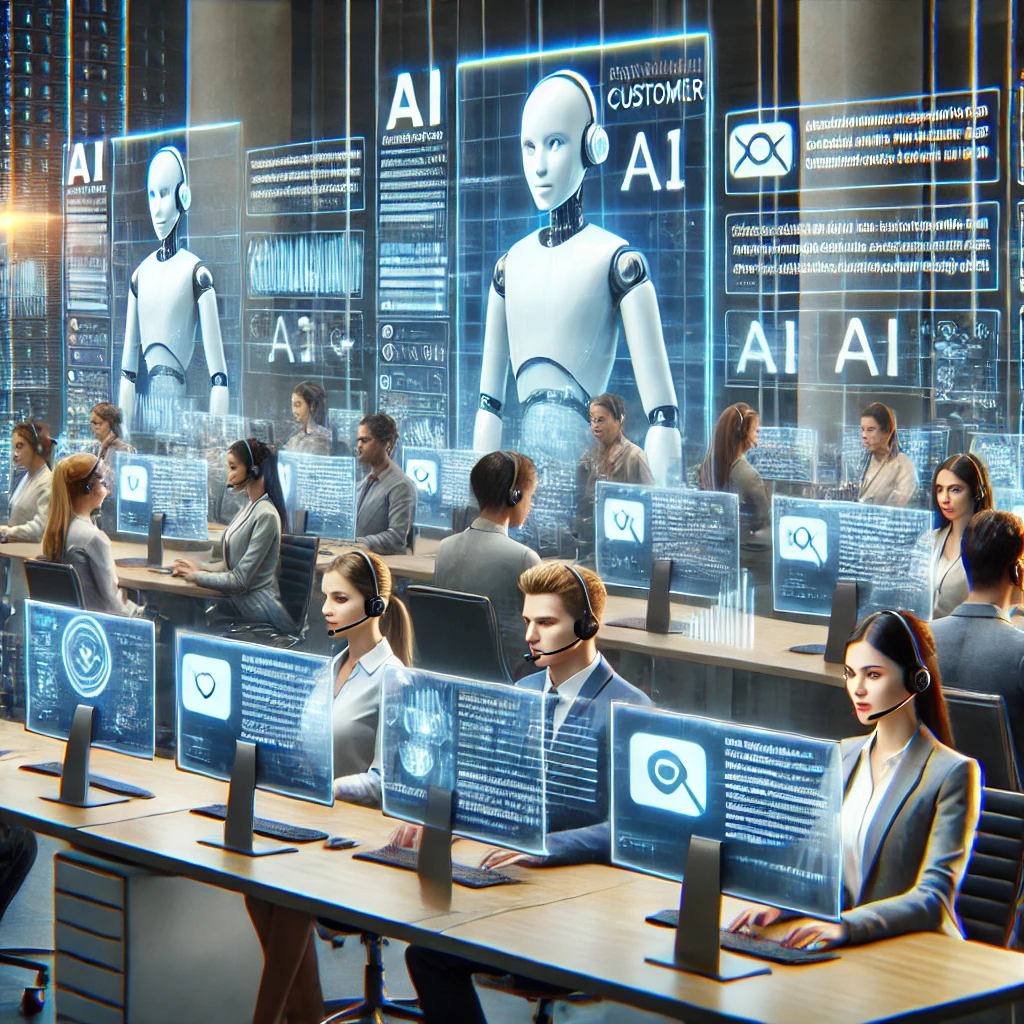
Introduction
How AI-Enhanced Teams Are Shaping the Future of Work? The future of work isn’t just on the horizon—it’s already here. Across industries, AI-enhanced teams are transforming the way we collaborate, innovate, and achieve success. By blending human creativity and expertise with the power of artificial intelligence, organizations are unlocking new levels of efficiency, productivity, and decision-making. Whether it’s automating mundane tasks, predicting trends, or enhancing collaboration, AI is becoming an indispensable partner to human teams.
But what exactly does it mean to have an AI-enhanced team? Simply put, it’s a team that integrates AI tools and technologies to amplify human capabilities. Rather than replacing people, AI acts as a force multiplier, enabling workers to focus on strategic, high-value tasks while AI takes care of the heavy lifting. The result? Teams that are smarter, faster, and more innovative than ever before.
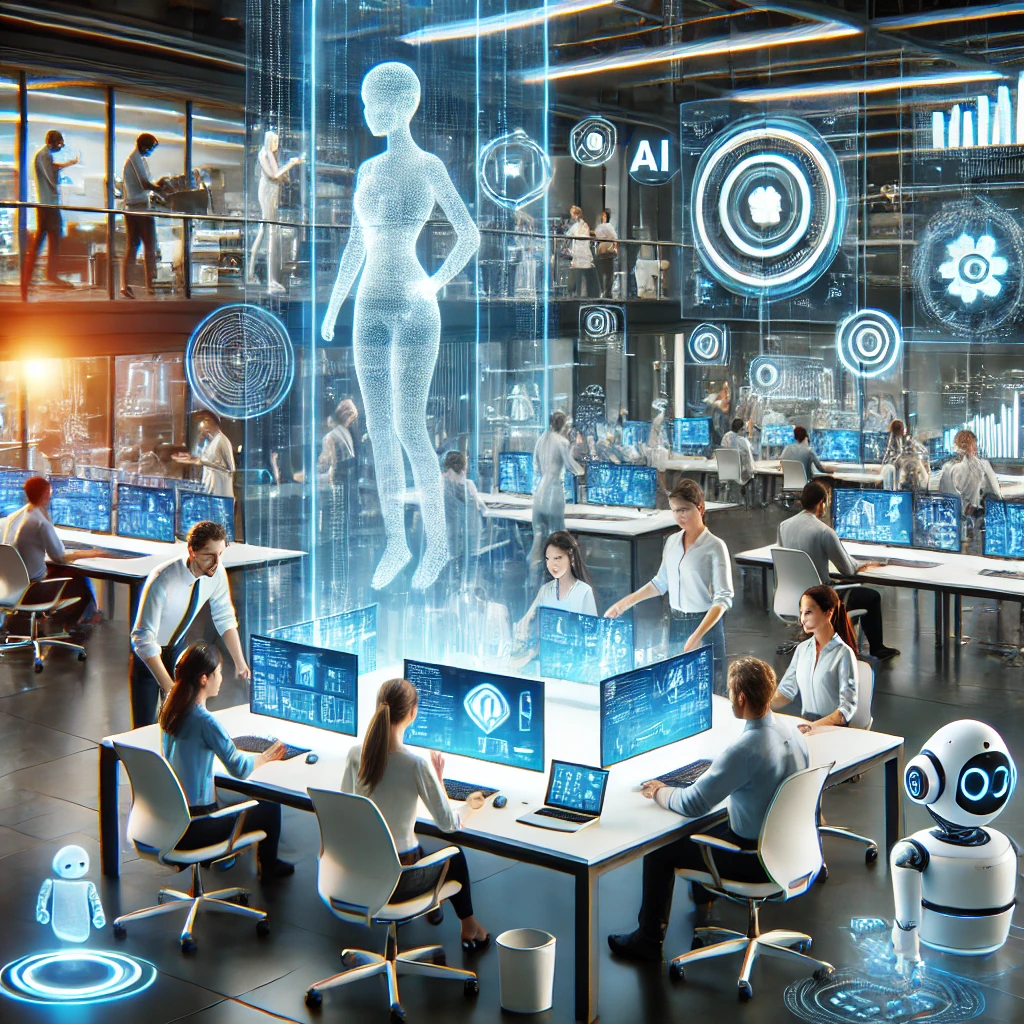
In this article, we’ll explore how AI-enhanced teams are reshaping the modern workplace, the benefits they bring, and how your organization can build a team that thrives in an AI-powered world. Welcome to the future of collaboration.
What Are AI-Enhanced Teams?
AI-enhanced teams are at the cutting edge of the modern workplace, combining the unique strengths of human creativity and decision-making with the immense computational power of artificial intelligence. At its core, an AI-enhanced team is one that uses AI tools and systems to augment and support human team members, rather than replace them. These AI tools help automate repetitive tasks, analyze vast amounts of data, and offer insights that enable smarter, more efficient decision-making.
In an AI-enhanced team, AI isn’t just a tool for optimization—it’s a collaborative partner. By handling tasks like data analysis, trend forecasting, or process automation, AI allows human team members to focus on high-level strategy, creative thinking, and complex problem-solving. The result is a more agile, productive, and innovative team, where both humans and machines work in tandem to achieve extraordinary results.
Key Characteristics of AI-Enhanced Teams:
- Collaboration Over Replacement: AI doesn’t replace people in these teams—it enhances their abilities. Human intelligence, emotional insight, and strategic thinking are complemented by AI’s ability to process massive datasets and automate time-consuming tasks.
- Data-Driven Insights: AI excels at analyzing vast amounts of data and uncovering patterns that might be hidden to the human eye. With AI’s ability to process and interpret data in real time, teams can make decisions that are informed, precise, and timely.
- Automation of Routine Tasks: AI handles repetitive, manual tasks like scheduling, data entry, or inventory tracking, freeing up human team members to focus on more creative, complex, and strategic work. This leads to increased productivity and job satisfaction.
- Personalization and Adaptability: AI tools can adapt to a team’s specific needs, learning from interactions and optimizing workflows. Whether it’s adjusting marketing campaigns based on user behavior or recommending personalized solutions in customer service, AI can tailor its output to best support the team.
For example, imagine a marketing team that uses AI to analyze customer data, segment audiences, and predict purchasing behavior. While the AI handles these data-heavy tasks, the marketing team can focus on creating compelling campaigns, crafting personalized messages, and building deeper relationships with customers. In this way, AI becomes an indispensable member of the team, helping the human workforce achieve more in less time.
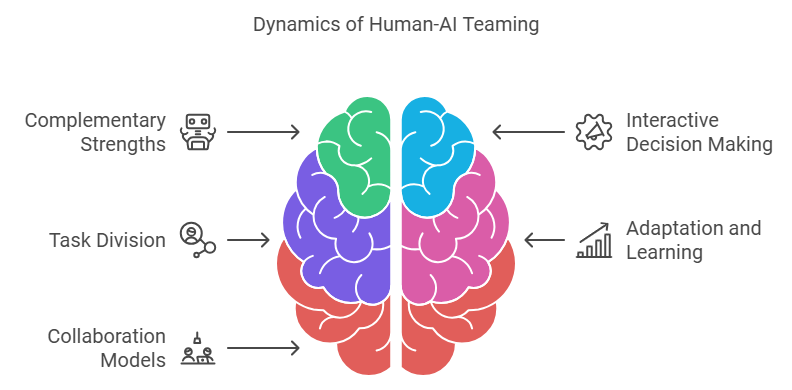
How AI-Enhanced Teams Are Changing the Game
The impact of AI-enhanced teams goes far beyond just automating tasks—it’s about fundamentally changing how work gets done. By integrating AI into team workflows, organizations can achieve higher levels of efficiency, make smarter decisions, and foster a more collaborative and innovative environment. Here’s how AI-enhanced teams are truly transforming the game:
1. Boosting Productivity and Efficiency
One of the most immediate benefits of AI-enhanced teams is the significant boost in productivity. AI excels at automating time-consuming tasks that would otherwise take up valuable human resources. Routine activities like data entry, customer inquiries, and report generation can be handled by AI systems, allowing team members to focus on strategic and creative work.
For example, in sales teams, AI can automatically analyze lead data and prioritize prospects based on their likelihood to convert, enabling salespeople to focus their energy on high-value leads and personalized outreach. This not only saves time but also drives better results by ensuring that human efforts are spent where they’re most impactful.
2. Enabling Smarter Decision-Making
AI’s data-processing capabilities allow AI-enhanced teams to make decisions faster and with greater accuracy. AI tools can sift through massive amounts of data in real-time, identifying patterns, trends, and potential risks that might be invisible to human team members. With these insights, teams can make more informed, data-driven decisions that are grounded in real-time intelligence.
Take, for instance, financial analysts using AI to track stock market trends. AI can process vast quantities of market data—far beyond what a human could analyze manually—and generate predictions, helping teams make timely decisions in an ever-changing financial landscape.
3. Improving Collaboration and Workflow Management
AI doesn’t just work in isolation; it’s designed to improve how teams collaborate and communicate. AI-powered tools are increasingly being used in project management, helping teams stay organized, track progress, and meet deadlines. From automatically assigning tasks based on skill sets to sending reminders about upcoming milestones, AI systems ensure smoother coordination and better overall workflow management.
For example, in software development teams, AI can manage bug tracking, assign issues based on developer expertise, and even predict potential bottlenecks before they arise. By automating these organizational tasks, teams can spend more time focusing on problem-solving and innovation.
4. Fostering Creativity and Innovation
While AI is often associated with efficiency, it also plays a key role in fostering creativity. By taking over mundane tasks and analyzing large datasets, AI frees up time and mental bandwidth for human team members to focus on more innovative and creative pursuits. In fields like product design, advertising, and content creation, AI can assist in idea generation, design optimization, and even predictive trend analysis.
For example, an AI-powered design tool can analyze thousands of previous designs and suggest creative elements based on current trends and user preferences. Designers can use these insights to refine their work, enhance creativity, and deliver more impactful products to market faster.
AI also accelerates innovation by offering new ways of thinking. For instance, AI can simulate multiple versions of a product prototype, enabling teams to test and iterate quickly without the need for costly physical prototypes. This ability to rapidly innovate has significant advantages in competitive industries like tech, where speed is often a key differentiator.
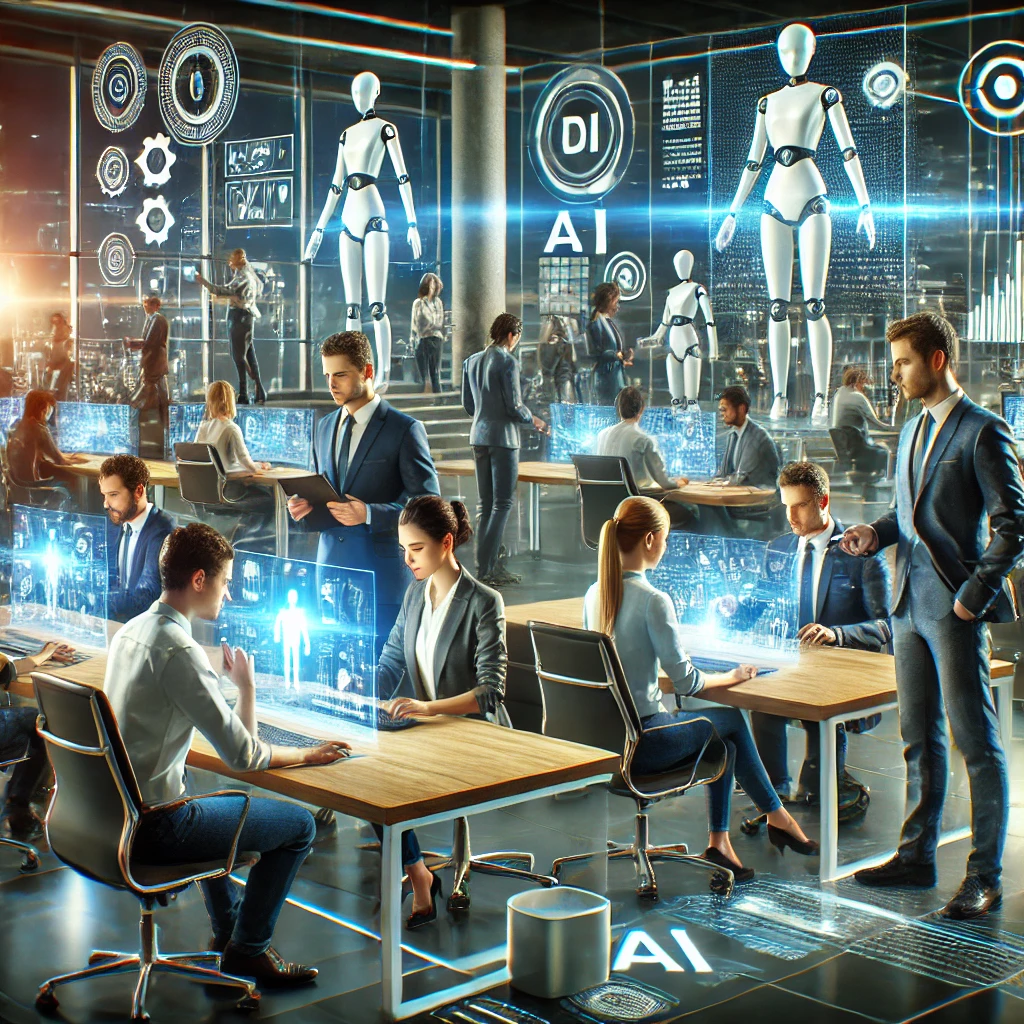
Key Benefits of AI-Enhanced Teams
The integration of AI into team dynamics isn’t just about technology for the sake of it—it brings real, tangible benefits that drive organizational success. From boosting productivity to fostering innovation, the advantages of AI-enhanced teams are profound and far-reaching. Let’s take a closer look at the key benefits that make AI an indispensable tool for modern teams:
1. Speed and Agility
In today’s fast-paced business environment, the ability to make decisions quickly is crucial. AI systems enable teams to process vast amounts of data in real-time, providing them with up-to-the-minute insights that drive rapid decision-making. This speed is especially critical in industries like finance, e-commerce, and customer service, where the ability to respond to trends or issues quickly can make or break success.
For example, AI-driven predictive analytics can identify emerging market trends or potential customer behavior shifts, giving teams the agility to pivot strategies before competitors catch up. In customer service, AI chatbots can resolve basic inquiries instantly, allowing human agents to focus on more complex issues, speeding up response times and improving customer satisfaction.
2. Accuracy and Precision
AI’s data processing capabilities enable AI-enhanced teams to make decisions with greater accuracy than traditional methods. AI systems can identify patterns and correlations in data that humans might overlook, reducing the margin for error in decision-making. This is particularly valuable in sectors where precision is critical, such as healthcare, finance, and manufacturing.
In healthcare, for instance, AI-powered diagnostic tools can analyze medical images with remarkable accuracy, assisting doctors in identifying conditions early and improving patient outcomes. In finance, AI algorithms can detect fraudulent activity by flagging unusual transactions or patterns, providing an additional layer of security and reducing financial risk.
3. Cost Savings
By automating routine tasks and streamlining workflows, AI can significantly reduce labor costs and operational inefficiencies. In industries like retail and logistics, AI tools can automate inventory management, order processing, and delivery routes, reducing the need for manual labor and lowering operational costs. For businesses looking to scale, AI offers a cost-effective way to grow without the proportional increase in human resources.
Moreover, AI’s ability to reduce errors and optimize processes leads to lower operational costs in the long term. For example, predictive maintenance AI tools in manufacturing can predict when equipment is likely to fail, allowing companies to perform maintenance before costly breakdowns occur.
4. Scalability
AI’s ability to handle large volumes of data and tasks without compromising performance makes it an ideal solution for scaling business operations. As companies grow, AI-enhanced teams can maintain high levels of efficiency and effectiveness without requiring additional human resources. This scalability makes AI particularly attractive to businesses in high-growth sectors like tech, e-commerce, and SaaS.
In customer support, for example, AI chatbots can handle thousands of inquiries simultaneously, providing 24/7 service without requiring a proportional increase in staff. This ensures that companies can scale their customer service operations without sacrificing quality.
5. Enhanced Job Satisfaction and Employee Engagement
While AI is often seen as a disruptor, it can actually enhance job satisfaction by taking over mundane, repetitive tasks that many employees find tedious. By automating administrative duties or data-heavy tasks, AI frees up employees to focus on more interesting and impactful work, like strategic planning, creative thinking, or customer engagement. This shift not only boosts employee morale but can also foster a more motivated and innovative workforce.
For example, in marketing teams, AI can automate the creation of reports and campaign analysis, allowing marketers to spend more time crafting creative campaigns or working on strategic initiatives. Employees are more likely to stay engaged in their work when they can see the value of their contributions, rather than being bogged down by routine tasks.
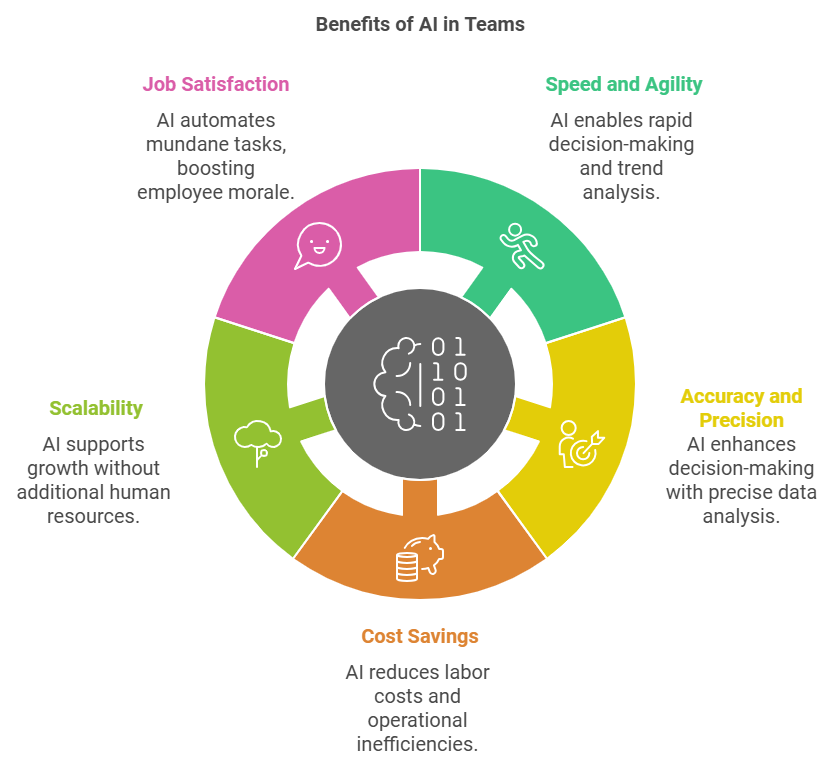
Real-World Examples of AI-Enhanced Teams
The power of AI-enhanced teams is not just a theoretical concept—it’s already being realized across a variety of industries. From healthcare to finance to creative sectors, AI is helping teams achieve more, faster, and with greater precision. Let’s explore some real-world examples of how organizations are leveraging AI to enhance their team dynamics and drive success.
1. Healthcare: Revolutionizing Patient Care with AI
In healthcare, AI-enhanced teams are transforming patient care, diagnosis, and medical research. AI tools assist doctors and nurses by analyzing medical images, predicting patient outcomes, and even recommending treatment options. These AI systems provide healthcare professionals with data-driven insights that lead to faster, more accurate diagnoses and better patient outcomes.
For example, in radiology, AI algorithms can analyze X-rays and MRIs to detect conditions like tumors or fractures with a high degree of accuracy, often catching issues that might be overlooked by human eyes. Doctors then use these insights to make more informed decisions, ultimately improving patient care. AI also plays a role in predictive analytics, helping hospitals identify potential health risks and intervene before conditions worsen, which can save both lives and costs.
2. Marketing: AI-Powered Campaigns and Personalization
Marketing teams are some of the most active adopters of AI-enhanced tools to drive personalized campaigns and optimize customer experiences. AI helps marketers segment their audience more accurately, tailor content to individual preferences, and even predict customer behavior with a high level of precision.
Take the example of personalized email marketing campaigns: AI tools can analyze customer data—like past purchases, browsing behavior, and even sentiment analysis from social media—and deliver targeted messages that are highly relevant to each individual. This level of personalization leads to higher engagement, improved customer loyalty, and ultimately, better ROI on marketing spend.
In social media marketing, AI-driven tools can optimize ad targeting in real-time, analyzing user behavior and demographic data to adjust campaigns on the fly. This means that marketing teams can achieve better results with fewer resources, focusing their energy on strategy and creative direction while AI handles the optimization.
3. Finance: Smarter Investments and Fraud Detection with AI
In the finance sector, AI-enhanced teams are revolutionizing the way banks, investment firms, and fintech companies operate. AI tools are helping financial analysts predict market trends, identify potential risks, and make more informed investment decisions. With the help of AI, teams can process vast amounts of data from financial markets, news sources, and social media to make real-time decisions that are more accurate and timely than ever before.
AI also plays a crucial role in fraud detection. By analyzing transaction patterns, AI systems can flag suspicious activities in real time, enabling teams to take immediate action to prevent fraud. These AI tools continuously learn and adapt, becoming more sophisticated in detecting even the most complex fraudulent schemes.
For example, JP Morgan’s AI-powered COiN platform analyzes legal documents in a fraction of the time it would take a human team. This AI tool has saved the company hundreds of thousands of hours of manual work and improved accuracy in contract reviews, freeing up human employees to focus on higher-level tasks.
4. Retail: AI in Customer Service and Inventory Management
Retail is another industry where AI-enhanced teams are making a significant impact. AI-driven chatbots and virtual assistants are being used to handle customer inquiries 24/7, providing instant responses to questions about product availability, order status, or store policies. This allows human customer service agents to focus on more complex issues, improving overall customer satisfaction.
In addition to customer service, AI is also revolutionizing inventory management. Retailers like Amazon and Walmart use AI to predict which products will be in demand, optimize supply chains, and automate restocking. AI tools help forecast demand based on historical data, seasonality, and even social media trends, ensuring that products are available when and where customers need them.
This level of AI optimization allows retail teams to operate more efficiently, reduce waste, and improve profitability while maintaining a high level of customer satisfaction.
5. Creative Industries: AI in Design and Content Creation
In creative industries, AI-enhanced teams are breaking new ground in design, content creation, and media production. For example, in the fashion industry, AI tools are helping designers predict upcoming trends by analyzing consumer behavior and social media buzz. AI can also assist in the design process itself, suggesting colors, styles, and materials based on market preferences, allowing designers to work faster and more effectively.
In the entertainment industry, AI is used to help scriptwriters and content creators generate ideas, identify trends, and even optimize storytelling elements. AI tools like OpenAI’s GPT-3 can generate human-like text, which is being used to assist with writing scripts, blog posts, and even news articles, while human writers focus on refining the narrative and adding emotional depth.
6. Manufacturing: AI-Driven Automation and Predictive Maintenance
In manufacturing, AI plays a key role in improving production efficiency, reducing downtime, and ensuring product quality. AI-powered predictive maintenance systems analyze equipment data to predict when machines are likely to fail, allowing teams to perform maintenance proactively before issues arise. This not only reduces unplanned downtime but also lowers repair costs and extends the lifespan of equipment.
AI is also helping manufacturers optimize supply chains by analyzing patterns in production schedules, inventory levels, and shipping routes. This enables AI-enhanced teams to identify inefficiencies and suggest improvements, ensuring that operations run smoothly and costs are kept in check.
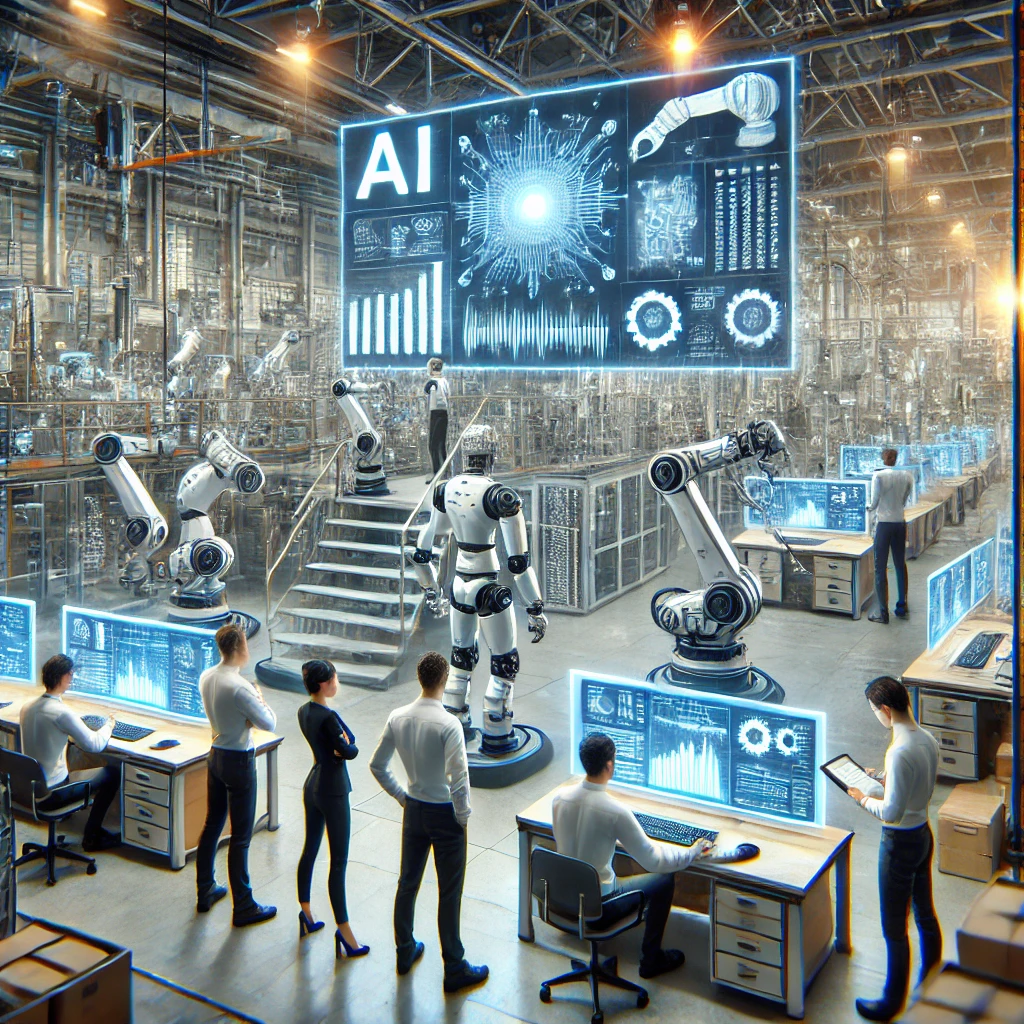
Conclusion: Embracing the Future of AI-Enhanced Teams
The rise of AI-enhanced teams is not just a trend—it’s a fundamental shift in how we work, collaborate, and innovate. As AI technology continues to evolve, its potential to transform team dynamics is undeniable. By automating routine tasks, enabling data-driven decision-making, and fostering deeper collaboration, AI is already reshaping the workplace, empowering teams to be more efficient, creative, and agile.
However, successfully integrating AI into team structures requires thoughtful planning, ongoing training, and a culture that embraces both technology and human expertise. Organizations that effectively combine the strengths of AI and human creativity will be well-positioned to thrive in an increasingly competitive and fast-paced world.
Looking to the future, AI-enhanced teams will not only streamline operations but will drive innovation, improve customer experiences, and create new opportunities for growth. The key will be maintaining a balance—leveraging AI’s powerful capabilities while ensuring that human insight, empathy, and ethical decision-making remain at the core of your team’s success.
The future is now, and the potential of AI-enhanced teams is limitless. By embracing this shift and investing in the right tools, training, and culture, organizations can unlock new levels of performance and innovation, ensuring they remain ahead of the curve in an AI-driven world.





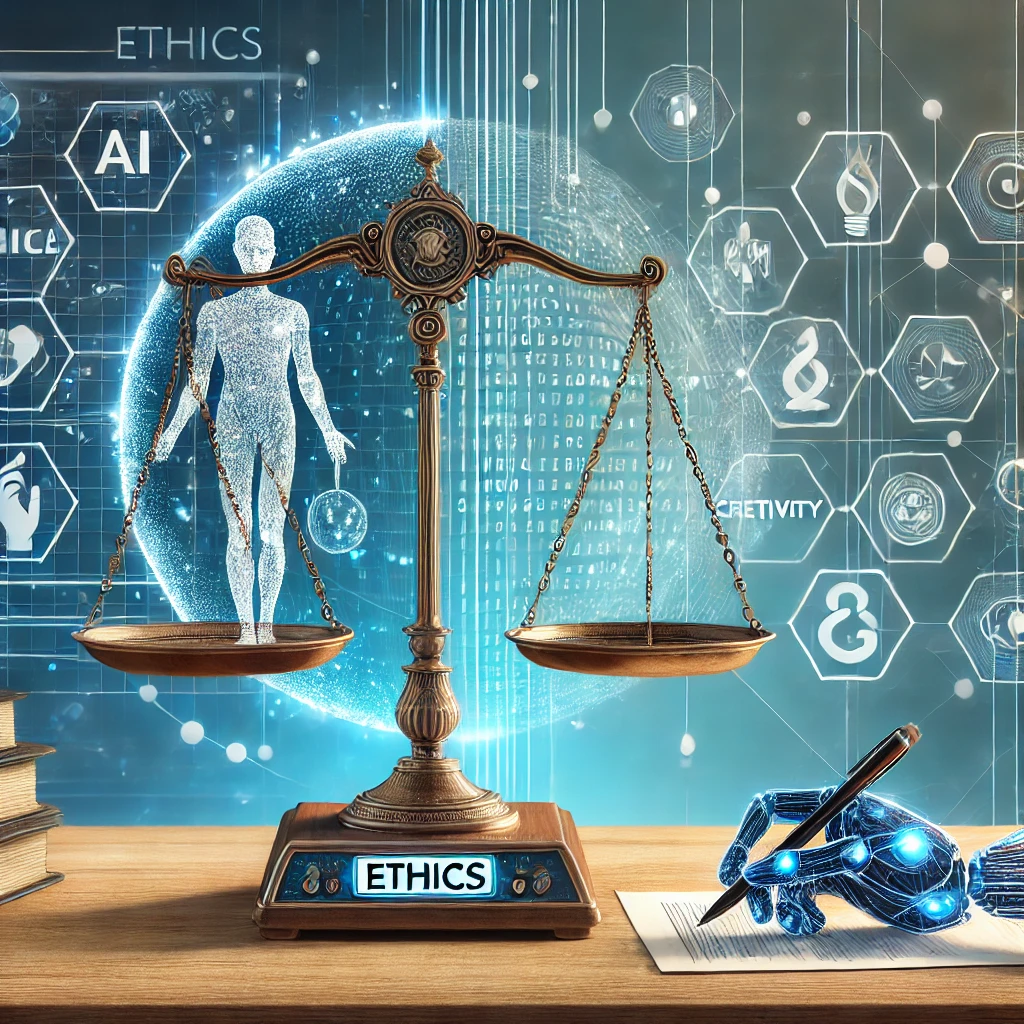
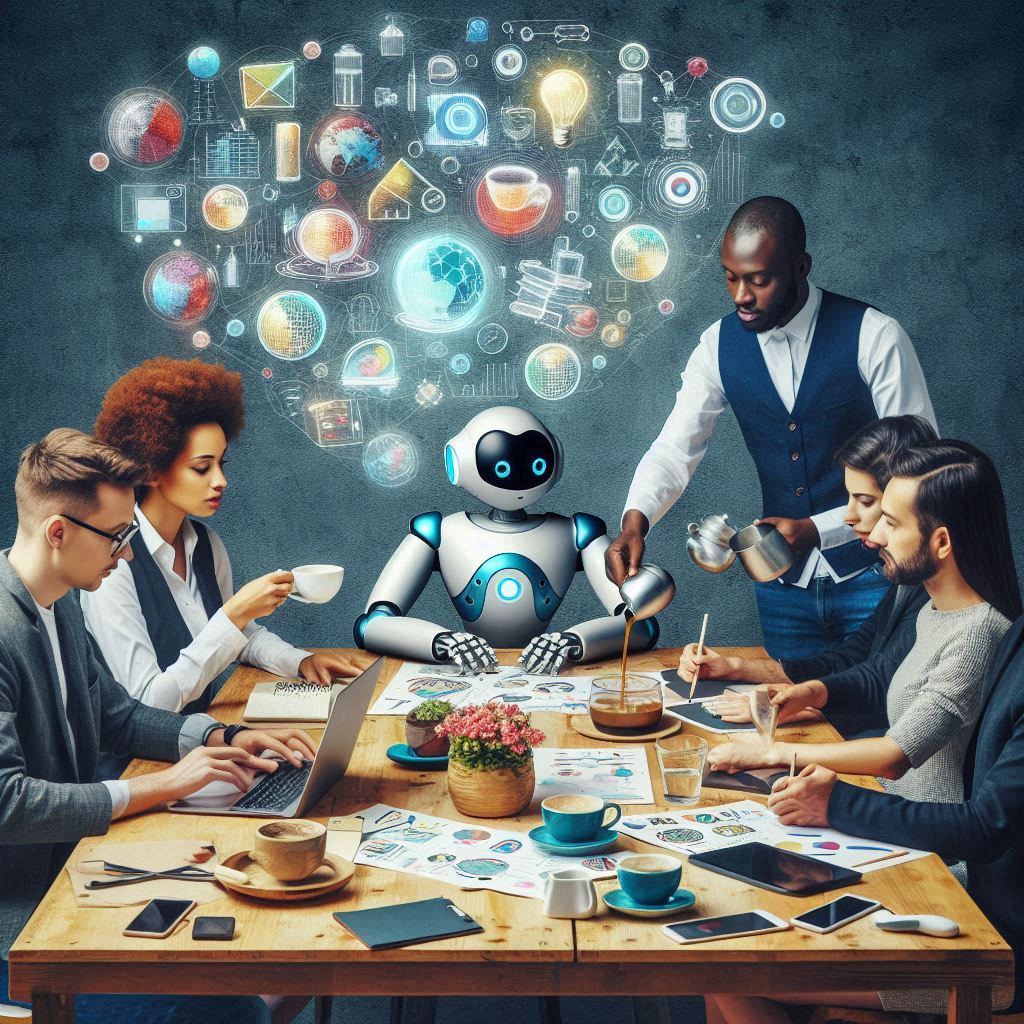
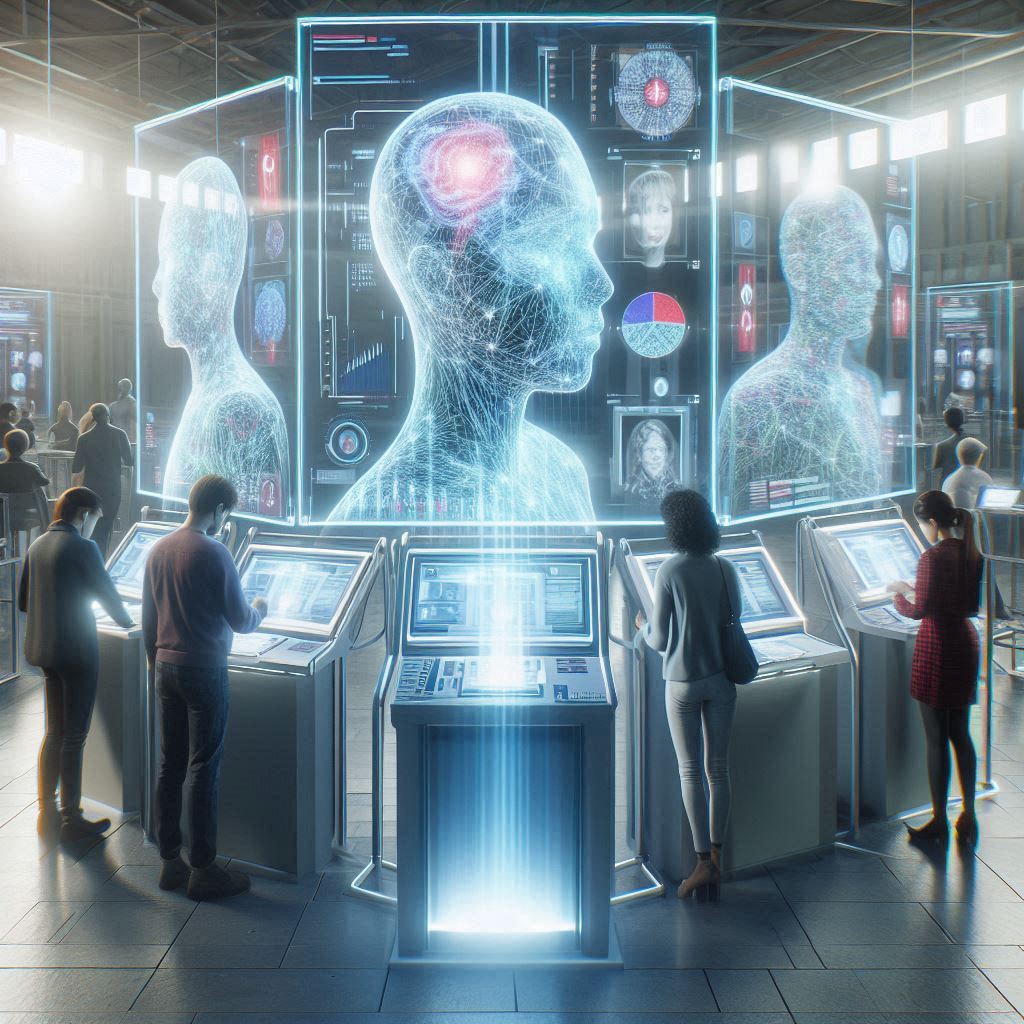

I don’t think the title of your article matches the content lol. Just kidding, mainly because I had some doubts after reading the article.